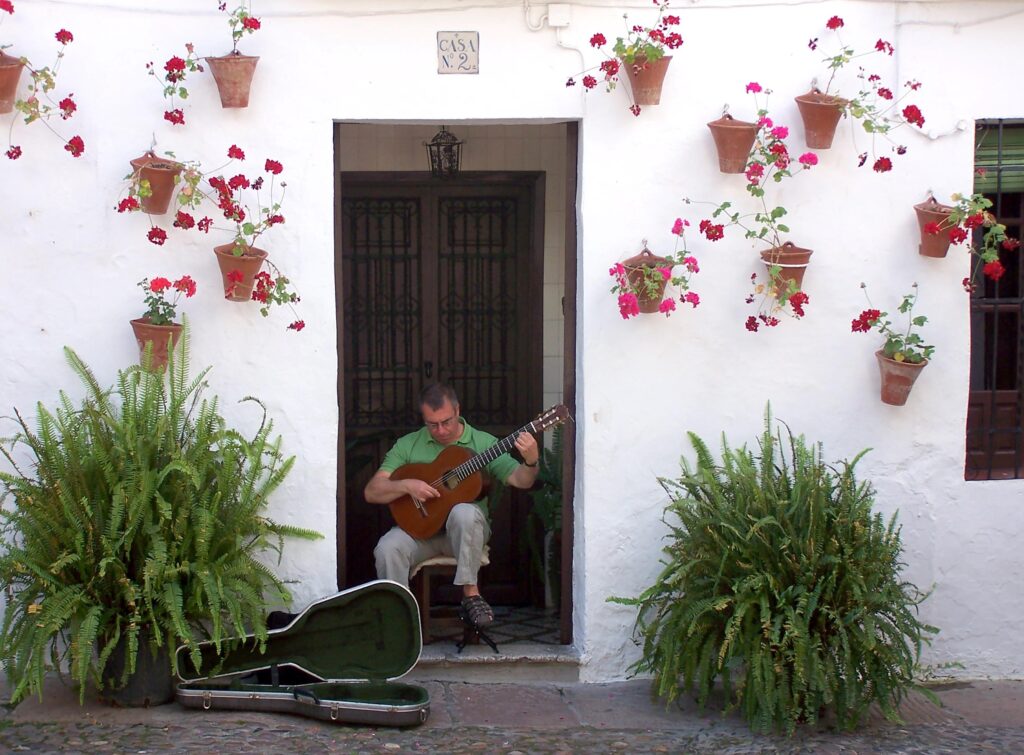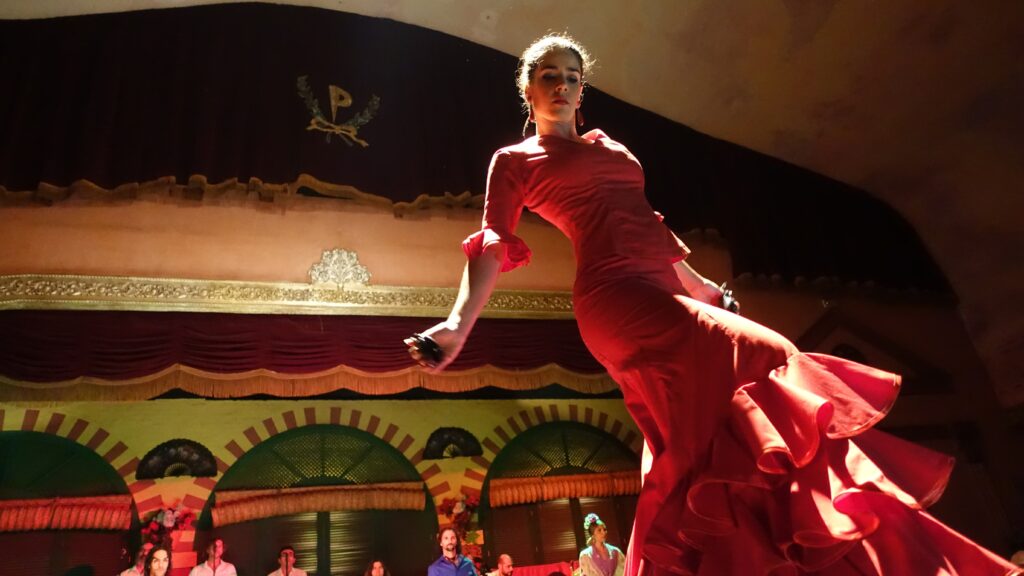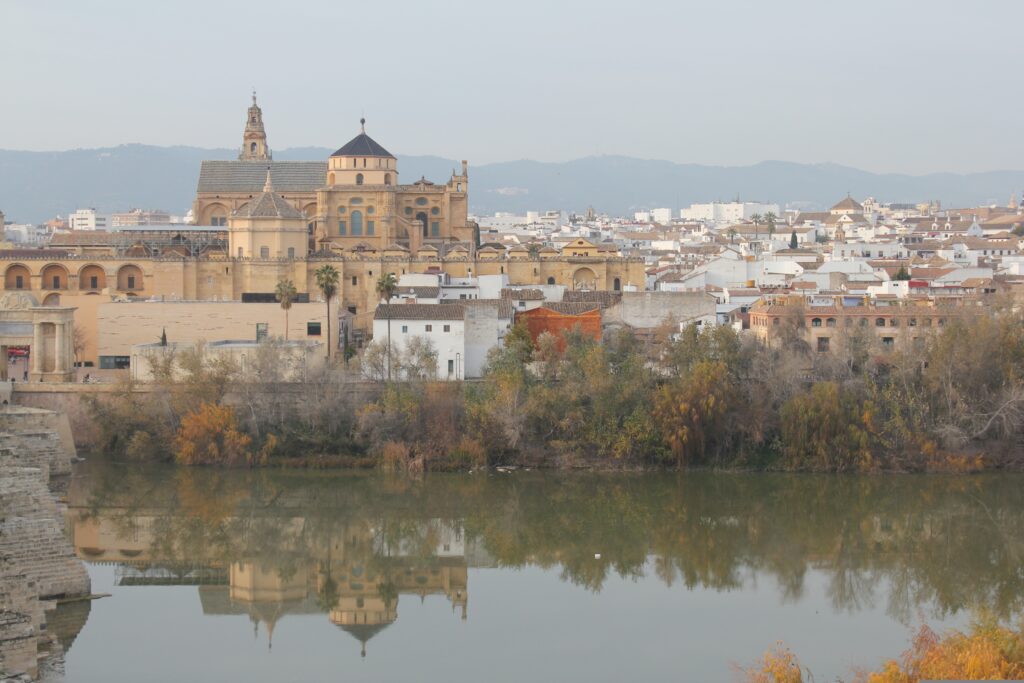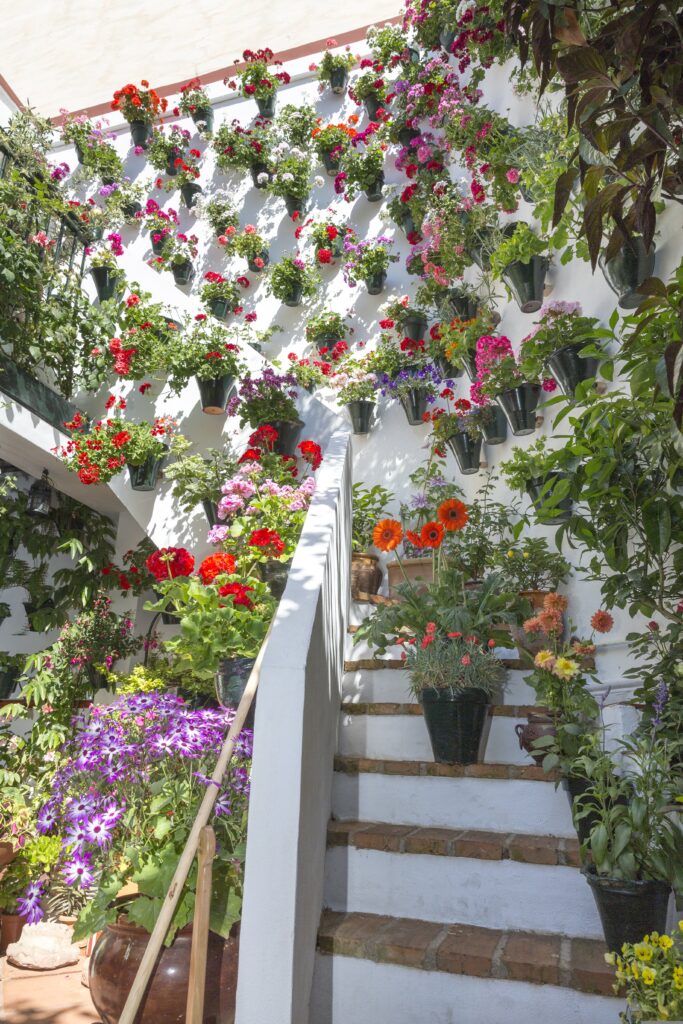
The Patios of Córdoba, the city’s newest addition to UNESCO’s World Heritage list, are more than just courtyards—they are living testaments to centuries of history. Their origins trace back to Roman Andalusia, later refined under Arab influence. In a climate marked by heat and drought, Cordobans adapted their homes around shaded courtyards, often with a fountain and a well to collect rainwater. Under Muslim rule, these spaces evolved further—thresholds opened toward the street, porches were added, and courtyards flourished with greenery to cool the home.
Today, the Patios tradition is unlike anything else in the world. Beyond the fragrant azahar and jasmine, beyond the flamenco songs drifting through the air, the festival reveals two distinct styles: the stately courtyards of palaces, convents, and old hospitals—and the Popular Patios, found in private homes lovingly cared for by local families.
An iconic example of the former is the Palace of Viana, often called the “Patio Museum,” with thirteen courtyards of breathtaking beauty. As for the Popular Patios, some of the most enchanting can be found in the Jewish Quarter, the Santa Marina district, and near the Old Alcázar—where whitewashed walls overflow with roses, geraniums, carnations, honeysuckle, and jasmine.
But perhaps the highest expression of this tradition is the Festival of the Patios of Córdoba, held every May since 1918. For two weeks, families adorn their courtyards with vibrant blooms, opening them to the public and competing for recognition. The city fills with performances of song and dance, while visitors sip Montilla-Moriles wine and savor traditional tapas among a sea of flowers.

More than a festival, the Patios of Córdoba are a celebration of heritage, community, and beauty—an invitation to step inside and feel the soul of Andalusia.


Leave a Reply